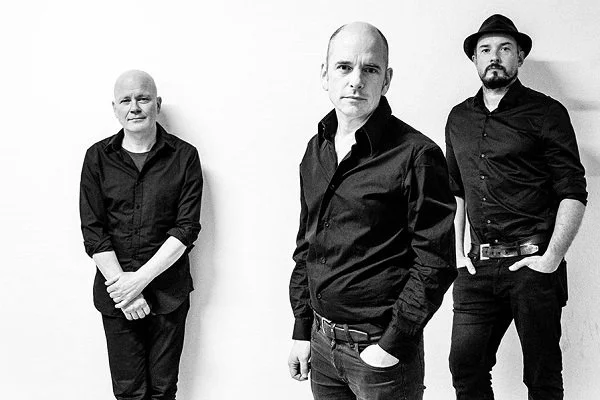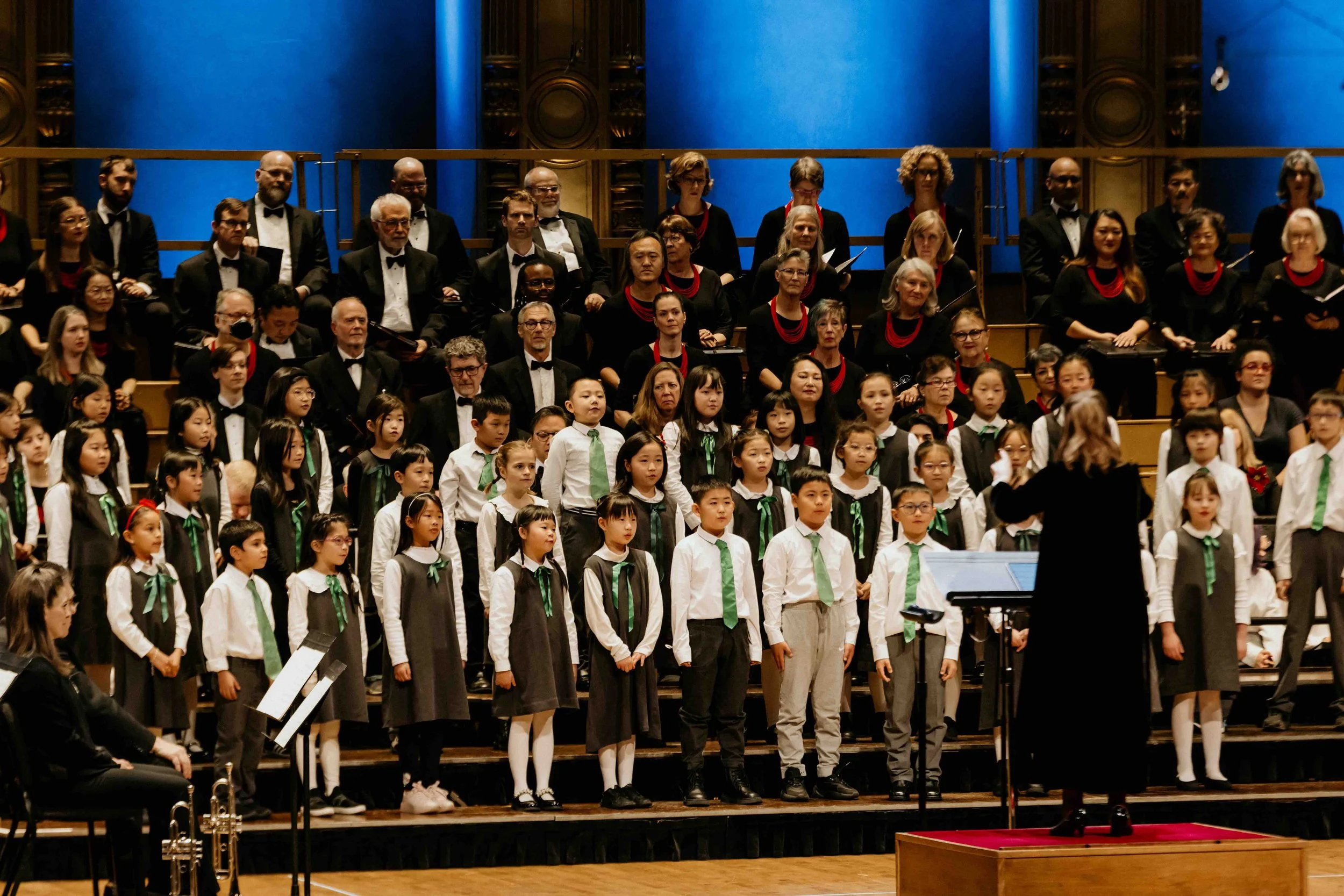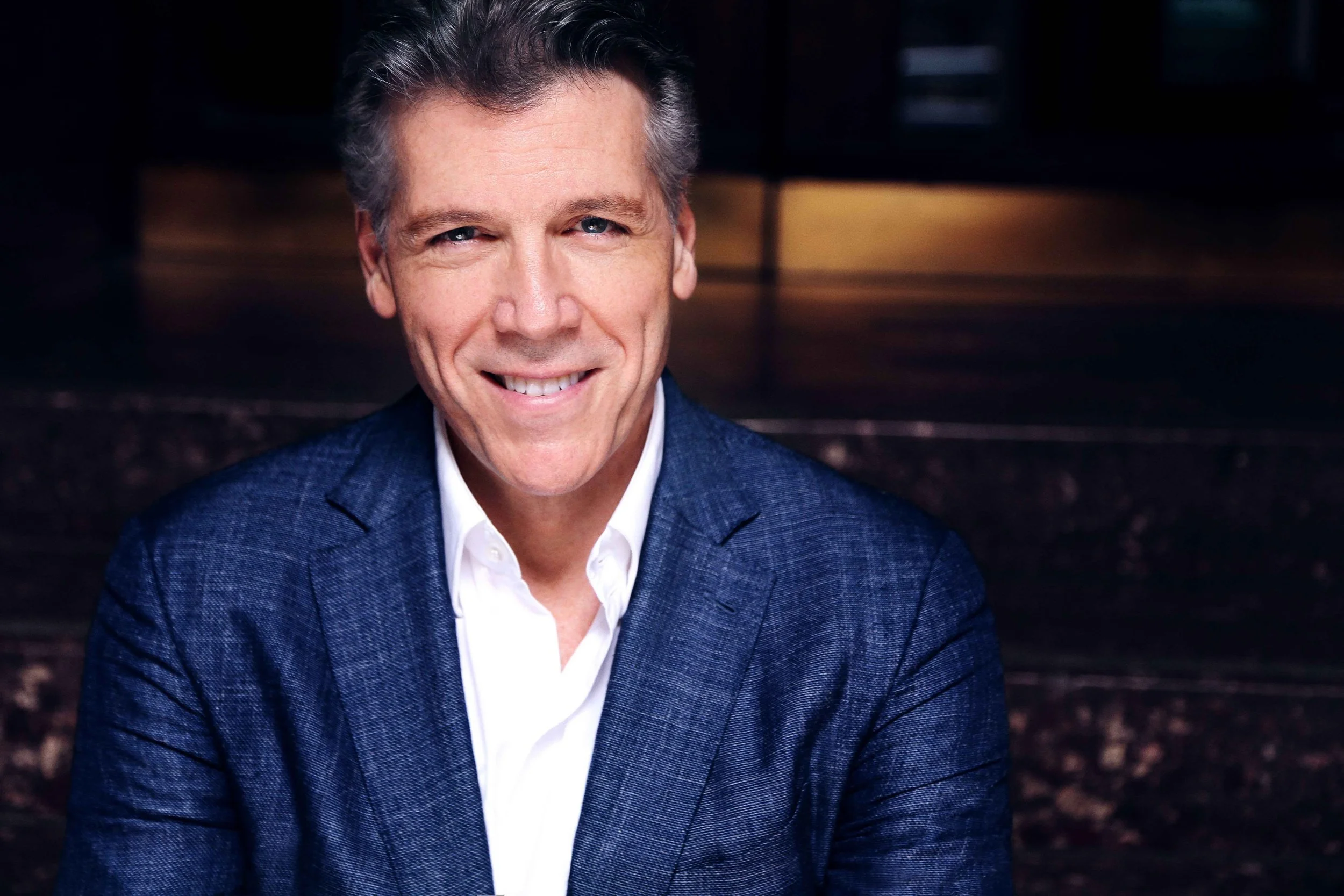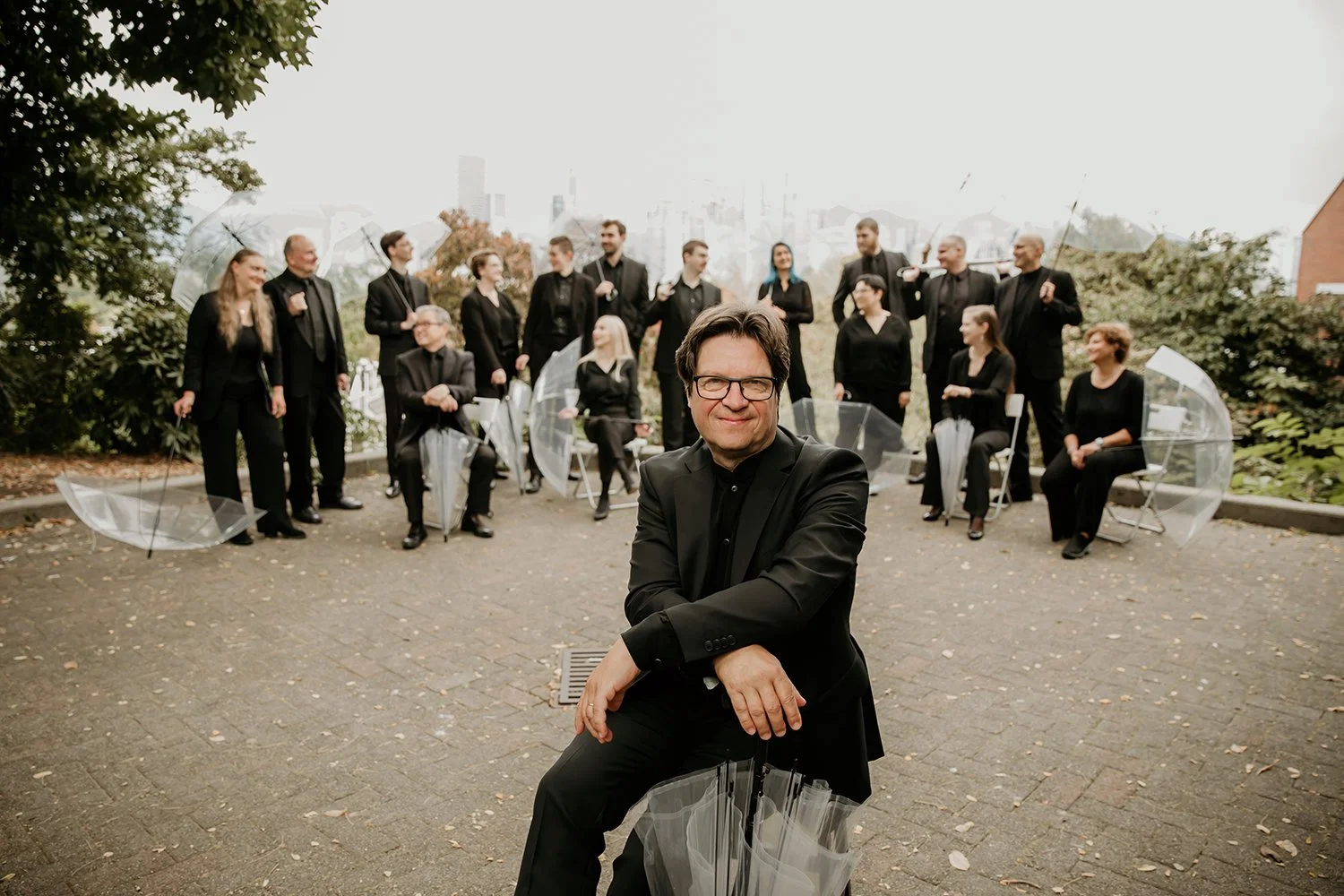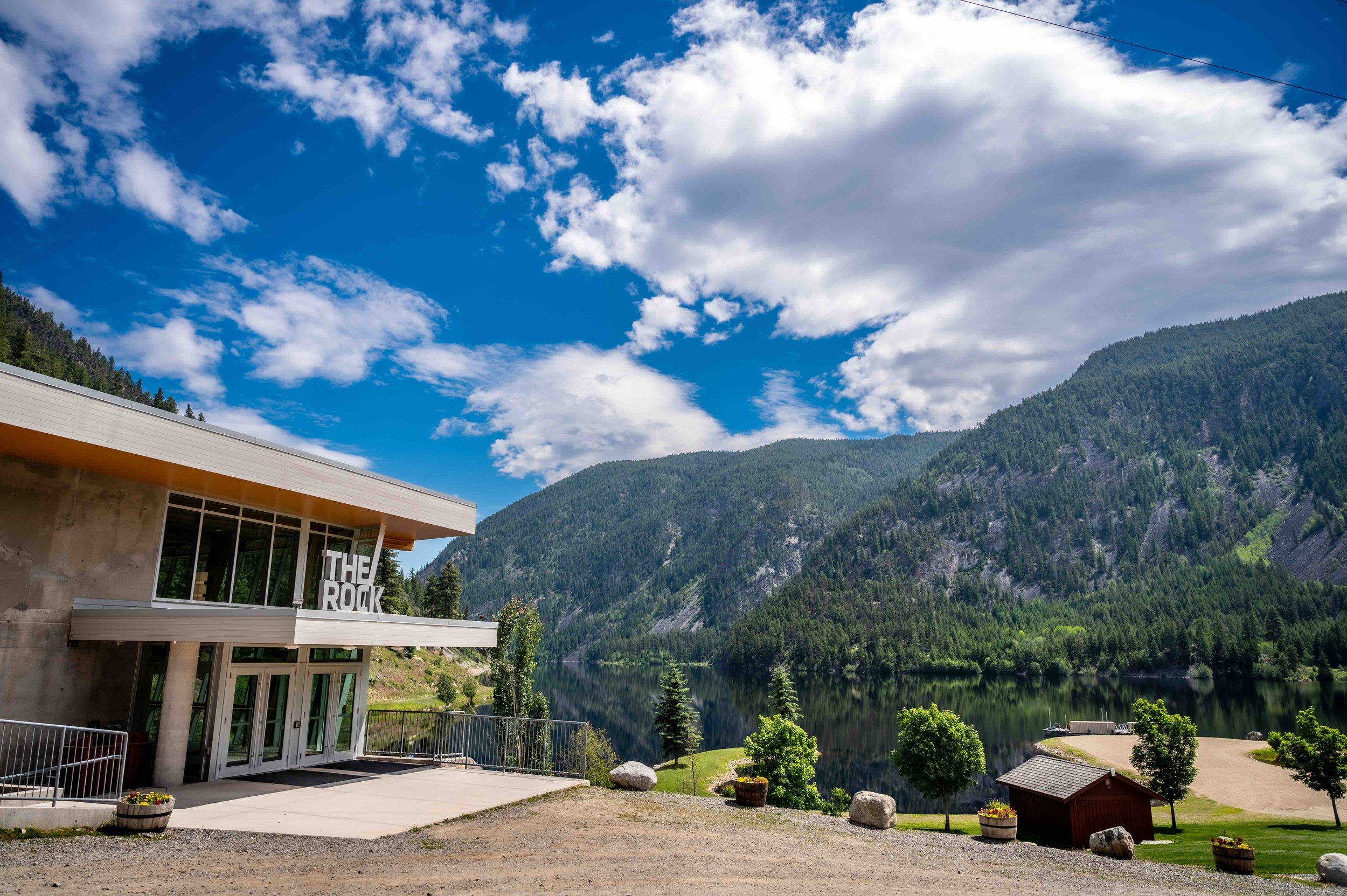Norway's Tord Gustavsen Trio breeds a new kind of spiritual jazz
The bandleader sees music as both a meditation and an offering
The Tord Gustavsen Trio
TD Vancouver international Jazz Festival presents the Tord Gustavsen Trio at the BlueShore Financial Centre for the Performing Arts on Tuesday (June 28)
THINK OF THE term “spiritual jazz” and your mind will almost inevitably be drawn to the African-American musicians who grew up in the Baptist or Pentecostal church, with John Coltrane, Eric Dolphy, and Pharoah Sanders being just the most legendary of them. Echoing the fire-breathing preachers of their youth, they married testifying intensity to an awareness of American social inequity, and brought fresh relevance to an art form that, in the early 1960s, was in danger of turning into a dusty and unloved antique.
More than half a century later, jazz continues to be the art form that best embodies their quest for societal and personal liberation—and a new form of spiritual jazz is emerging in an unlikely locale: Norway. A relatively rich and fiercely independent country, it’s also predominantly secular and most of its remaining churchgoers embrace a more liberal theology than is the norm elsewhere.
Tord Gustavsen is one of them. The bandleader hails from a deeply devout family and is a practising Christian; his Lutheran roots are plainly audible in his fondness for consonant harmony and considered rhythms. But there’s more going on in his devotional life than simple faith, just as his trio has grown ever more adventurous in embracing unusual textures, extended techniques, and the notion of music as a healing art.
“I grew up playing a lot in churches and with choirs, and doing all sorts of eclectic approaches to church music: doing Lutheran hymns and African-American spirituals and also a bit of classical European church music,” Gustavsen explains, in a telephone interview from Oslo. “And in later years also more chanting and Buddhist practices [have been] coming in to the more liberal and open-minded churches. I’m doing chakra meditations in church where I improvise music to a priestess doing chanting, or using biblical scriptures combined with tantra and what have you.
“So the whole journey from a classical Lutheran upbringing to a very open-minded, liberal way of doing church these days is part of me, and I’m very grateful for all of it,” he continues. “And I’m grateful that I was given a church upbringing that was culturally open enough that I didn’t have to leave the church altogether—which, of course, many have to. If you get oppressive and dogmatic and patriarchal versions of Christianity, it’s not breathable. But for me it has been something I could stay with—and also often struggle with.”
Gustavsen admits that the other members of his trio don’t share his faith: one, he says, is agnostic, while the other is an atheist. But he, bassist Steiner Raknes, and drummer Jarle Vespestad are united in their desire to bring band and audience together in a heightened state that blurs the line between the spiritual and the secular.
Opening, the trio’s latest and first with Raknes on board, is a delightful example. Beginning with “The Circle”, which hints at both liturgical and folk music, and closing with the Norwegian hymn “Vær Sterk, Min Sjel” (“Be Strong, My Soul”), the record also encompasses the darkly mysterious “Ritual” and the the more traditional jazz-ballad stylings of “Stream”. And yet it projects a compelling unity, enfolding the listener in what, perhaps counterintuitively, can only be described as a warm embrace of cool and considered sounds.
“I hear it like that myself, also,” Gustavsen says. “It’s a big passion of mine—and also of the producer, [ECM’s] Manfred Eicher—to work on the album as a coherent journey from beginning to end, where you get more, so to speak, if you listen to the whole thing than when doing individual tracks. Even the pauses between tracks have been carefully dealt with and thought into.”
At the same time, Gustavsen’s process allows for spontaneity, and parts of Opening delve into free improvisation. “Half the tunes on the album really turned out differently than I’d expected, or weren’t planned at all,” the pianist notes, giving full credit to the responsiveness and creativity of his performing partners.
“Steiner has a beautifully warm, sensuous way of playing the double bass acoustically,” Gustavsen enthuses. “In addition to being this wonderful acoustic bass player with very strong ‘classical’ jazz soloing skills, he also has worked a lot with more drastic sound effects—distortion pedals and octave pedals. A bit more rock ’n’ roll approach than the very subtle effects that I have been using on the piano! And that’s what you hear on this album on at least three of the tracks, where I’m actually playing the bass from the piano’s deep end and from a synth bass that’s triggered from the piano. Steiner is doing much more of a guitar-solo role, and I found it very cool to open up the roles more.”
The excitement of working with a new musician and new sounds is balanced by the comfort and familiarity Gustavsen finds in working with Vespestad, not that the drummer is any less creative than his bandmates. “Jarle keeps developing with me and keeps responding to my ideas night after night after 20 years, in ways that impress and surprise and touch me,” Gustavsen says. “He’s an amazingly subtle drummer, and an amazingly lyrical drummer; he always subordinates his ego to the melody and to the sensibility of the soundscapes, but in a very active way. It’s not about him not doing what he wants in order to satisfy me as a melodic composer; it’s about him cherishing the melodies and interacting with them, and also his sense of subtle groove.”
The combination of emotional warmth and intellectual unity that the three musicians embrace is one that Gustavsen is more than willing to share with his listeners. Returning to the notion of music as a kind of communion between performer, audience, and the ineffable, he points out that, for him, music is both a meditation and an offering.
“I can feel that many in the audience round the world are open to that,” he concludes, “and that’s beautiful to me.”



